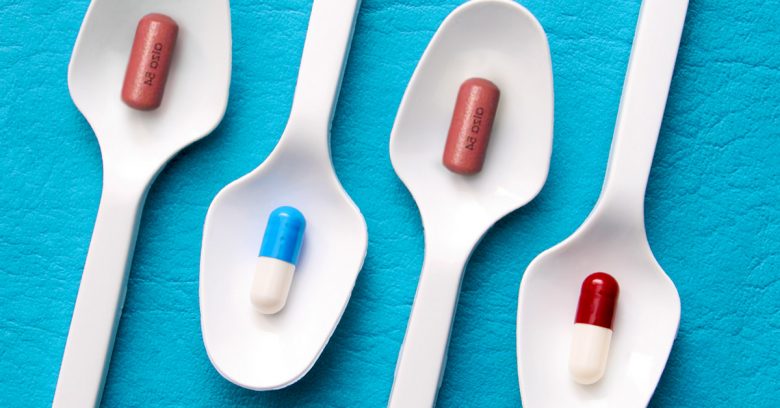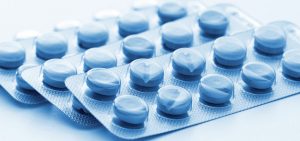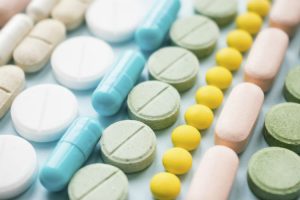Benzodizepines for sale online is the subject of this post. Let’s begin with some info about pain killers. Fast-acting formulations of ibuprofen, and those combining ibuprofen plus caffeine were the next most effective, with success rates of between 50% and 60%. Paracetamol alone had a success rate of 43% at doses of 500mg but larger doses were less effective. Aspirin was the least effective pain killer overall, with a success rate of only 11%. There were no clinical trials to show how well codeine or dihydrocodeine worked in this particular analysis. Only a few products include the combination of ibuprofen and paracetamol (acetaminophen), however, such as Nuramol which is available from pharmacies in the UK.
The most effective strategy for treating ADHD consists of more than one approach. There is some evidence that the combination of behavioral therapy with medication can work better than drugs alone for some children. But behavior therapy alone does not work for all children, especially those who have severe symptoms. As with most disorders for which multiple medications are available, there are no definitive comparison studies to show which ones work best in specific circumstances, according to Michael L. Goldstein, M.D., a child neurologist with Western Neurological Associates in Salt Lake City, and a former vice president of the American Academy of Neurology.
Zolpidem ( Ambien , Edluar, Intermezzo): These medicines work well at helping you get to sleep, but some people tend to wake up in the middle of the night. Zolpidem is now available in an extended release version, Ambien CR. This may help you go to sleep and stay asleep longer. The FDA warns that you should not drive or do anything that requires you to be alert the day after taking Ambien CR because it stays in the body a long time. You should not take zolpidem unless you are able to get a full night’s sleep — at least 7 to 8 hours. The FDA has approved a prescription oral spray called Zolpimist, which contains zolpidem, for the short-term treatment of insomnia brought on by trouble falling asleep. See more info at Buy hydrocodone online.
Prescribing tramadol to minimise adverse effects. The usual dose of tramadol is 50–100 mg per dose, with a maximum daily dose of 400 mg, and at least four hours between doses.5 Older patients are most at risk of developing tramadol-related adverse effects, in which case the maximum daily dose should be reduced to 300 mg.5 In patients with hepatic or renal dysfunction, who may have reduced elimination of tramadol, a low starting dose of immediate-release tramadol, e.g. 50 mg, with titration to effect and 12-hour dosing is appropriate;3,4 modified-release tramadol should be avoided in these patients.5 Tramadol should be avoided in patients with severe renal dysfunction, i.e. a creatinine clearance < 10 mL/minute. If patients experience nausea with the use of tramadol, consider lowering the dose and concurrently using paracetamol (see below) or switch the patient to codeine, dihydrocodeine or a NSAID. Modified-release tramadol may be associated with fewer adverse effects in some patients.
Non-stimulants: These medicines include atomoxetine (Strattera), clonidine (Kapvay), and guanfacine (Intuniv). Non-stimulants can take up to a few weeks to start working. They work for 24 hours. Before prescribing medicine, the health care team will ask if you are taking any other medicines. This includes over-the-counter medicines and supplements (like vitamins or herbal medicines). The care team will also want to know about your family’s medical history, especially if any family members had or have heart disease. Doctors usually start by prescribing a low dose of a stimulant medicine. If you are taking a new ADHD medicine or dose, the doctor will want you and your parent to watch and see if the medicine helps. Source: https://d-pharmacy.com/



